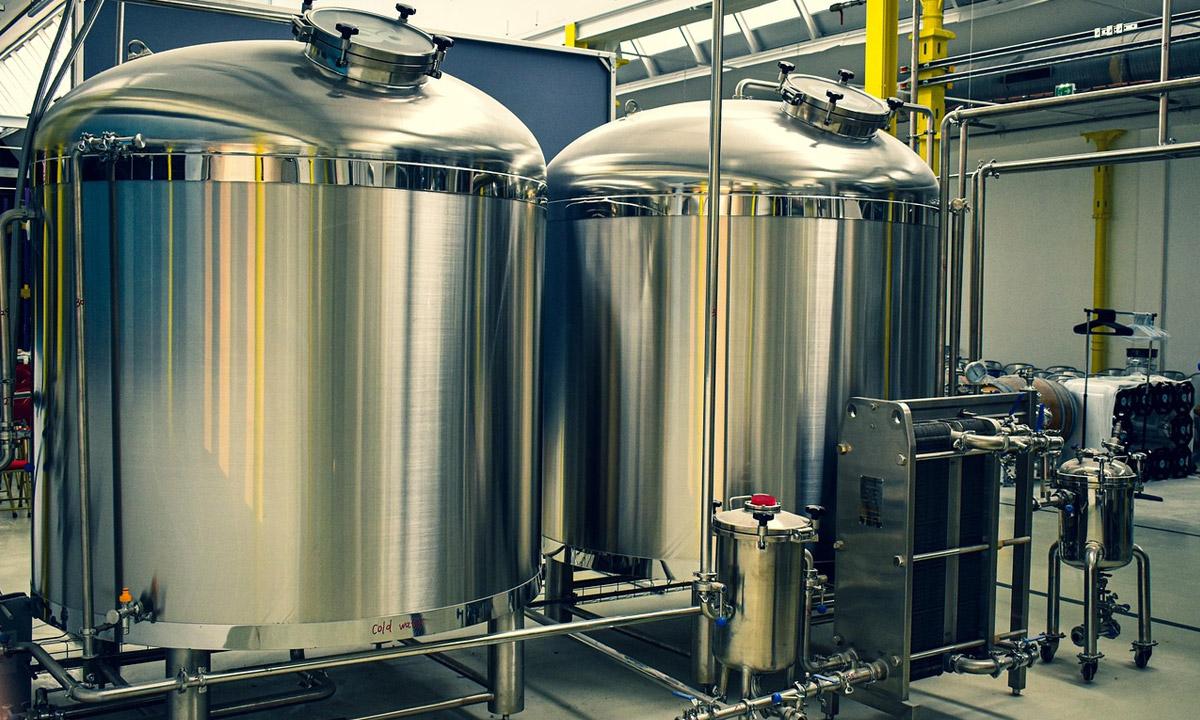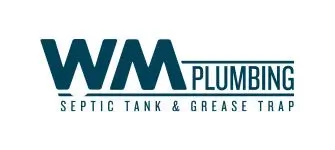Grease Trap Best Practices for Breweries and Distilleries

In breweries and distilleries, maintaining clean and efficient wastewater systems is critical—not only for operational efficiency but also to comply with environmental regulations. One often-overlooked component of this system is the grease trap. While traditionally associated with restaurants, grease traps also play a vital role in managing fats, oils, greases (FOGs), and solids generated in beverage manufacturing facilities. Here are some best practices for managing grease traps in breweries and distilleries.
Understand the Role of a Grease Trap
In a brewery or distillery, a grease trap helps separate and capture FOGs and food solids before they enter the municipal sewer system. Though alcohol production doesn’t involve typical cooking fats, waste byproducts such as hop residues, grain particles, and yeast slurry can still build up in the trap and cause blockages. These solids can ferment, creating odor and backflow issues if not managed properly.
Proper Sizing and Installation
The first step in effective grease trap management is ensuring the unit is correctly sized and professionally installed. An undersized trap can quickly become overwhelmed, leading to backups and non-compliance. Work with a licensed plumber or wastewater specialist to determine the proper size based on your facility’s daily water output, cleaning cycles, and waste load.
Routine Cleaning and Maintenance
Regular maintenance is the cornerstone of grease trap efficiency. For breweries and distilleries, cleaning should be scheduled at least monthly, though high-output operations may require bi-weekly servicing. Cleaning involves:
- Removing solidified FOG and waste layers
- Scrubbing the trap interior
- Inspecting inlet and outlet tees
- Checking for any blockages or corrosion
Failing to maintain the trap can lead to foul odors, reduced capacity, and costly emergency plumbing repairs.
Implement a Pretreatment Program
To prolong the life of the grease trap and improve wastewater quality, breweries and distilleries should implement a pretreatment program. This includes:
- Installing screens or strainers in drains to catch grains, hops, and solids
- Using collection bins for trub (sediment) and spent grains
- Pre-rinsing equipment before washdowns
- Avoiding the use of emulsifying agents or enzymes that can break down FOGs, allowing them to pass through the trap
Pretreatment reduces the load on the grease trap and helps prevent violations of local discharge limits.
Keep Records and Stay Compliant
Municipalities often require grease trap cleaning logs and proof of compliance with discharge regulations. Maintain detailed records of:
- Cleaning schedules
- Hauler manifests
- Service reports
- Maintenance invoices
These documents not only help you stay compliant but also aid in troubleshooting when issues arise.
Train Your Staff
Even the best equipment and procedures can fail if your team isn’t properly trained. All staff involved in cleaning, brewing, or waste management should be educated on:
- What should and shouldn’t go down the drain
- How to spot early signs of trap issues
- Proper disposal methods for solids and liquids
This ensures consistent and effective operation, reducing the risk of clogs and penalties.
Consider Upgrading to Automatic Grease Removal Units (AGRU)
For high-volume facilities, an automatic grease removal unit can offer significant benefits. AGRUs separate and store FOGs in an external container for easy disposal, reducing manual cleaning needs and increasing efficiency. While more expensive upfront, they pay off in labor savings and reduced downtime.
Grease trap maintenance is an essential but often underappreciated aspect of running a clean and compliant brewery or distillery. By following best practices—such as proper sizing, regular cleaning, pretreatment, documentation, and staff training—you can avoid costly plumbing issues, remain compliant with local regulations, and support sustainable wastewater management. Investing in your grease trap system is investing in the long-term health of your facility and the environment.




